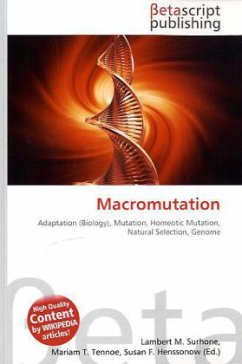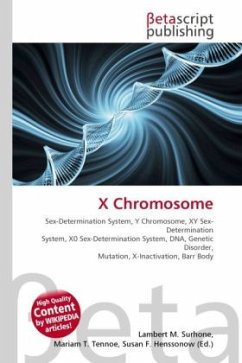High Quality Content by WIKIPEDIA articles! High Quality Content by WIKIPEDIA articles! Many biologists believe that adaptation occurs through the accumulation of small changes, such as the slight differences between parents and their children, some of which can result from mutations. However, an alternative that has been suggested for this process is macromutation, essentially when a sudden large-scale mutation produces a characteristic. This theory has generally been disregarded as the major explanation for adaptation, since a mutation on this scale is regarded as more likely to be detrimental than beneficial. While macromutations appear to be the only explanation for differences such as the number of body segments among arthropods, at the genetic level where the original change occurs, very few changes to genes may actually be necessary to result in the large physical change. Some genes control other genes, where the higher the level of control, then the larger the change those genes can cause (see Homeobox). Biologists make a distinction between changes to the genotype, and the resulting body structure resulting from those genes phenotype.
Bitte wählen Sie Ihr Anliegen aus.
Rechnungen
Retourenschein anfordern
Bestellstatus
Storno








